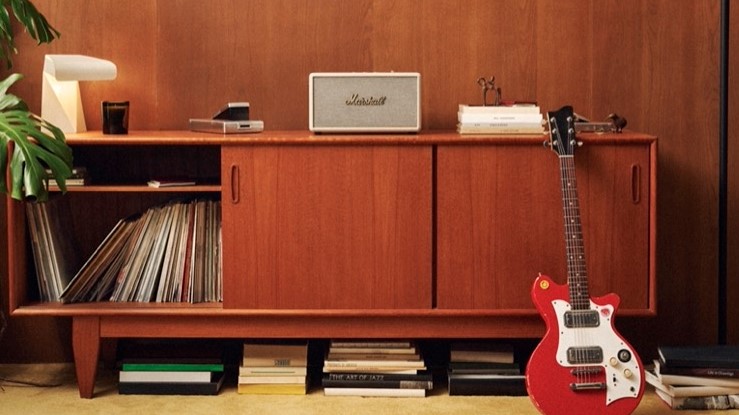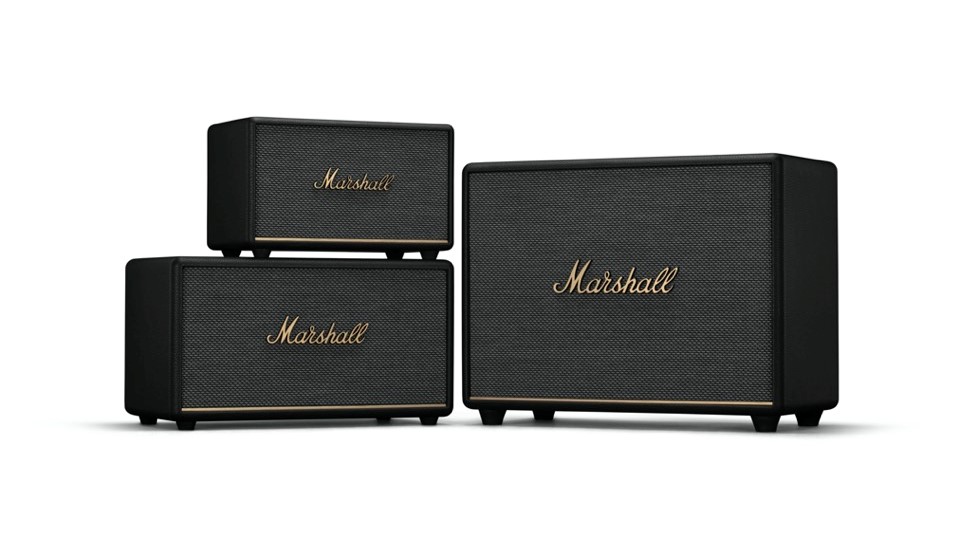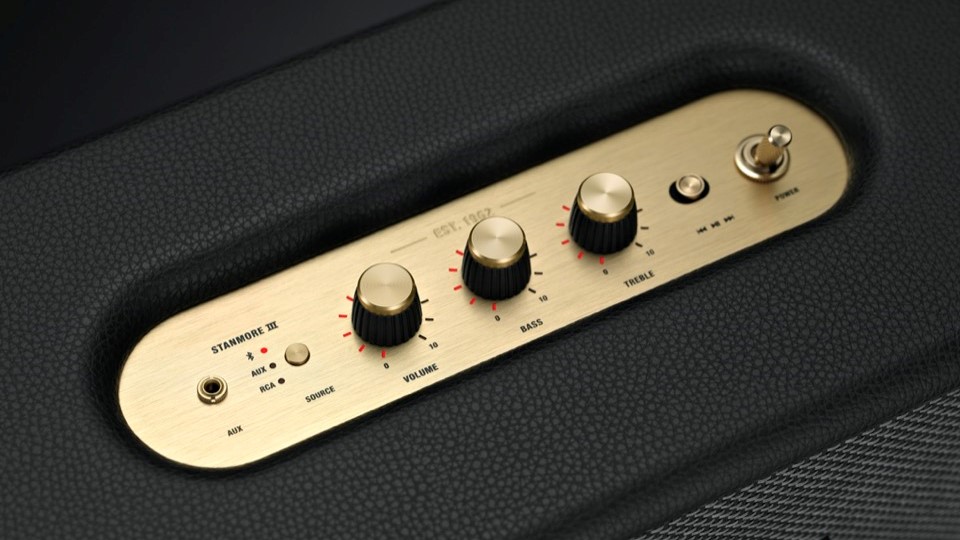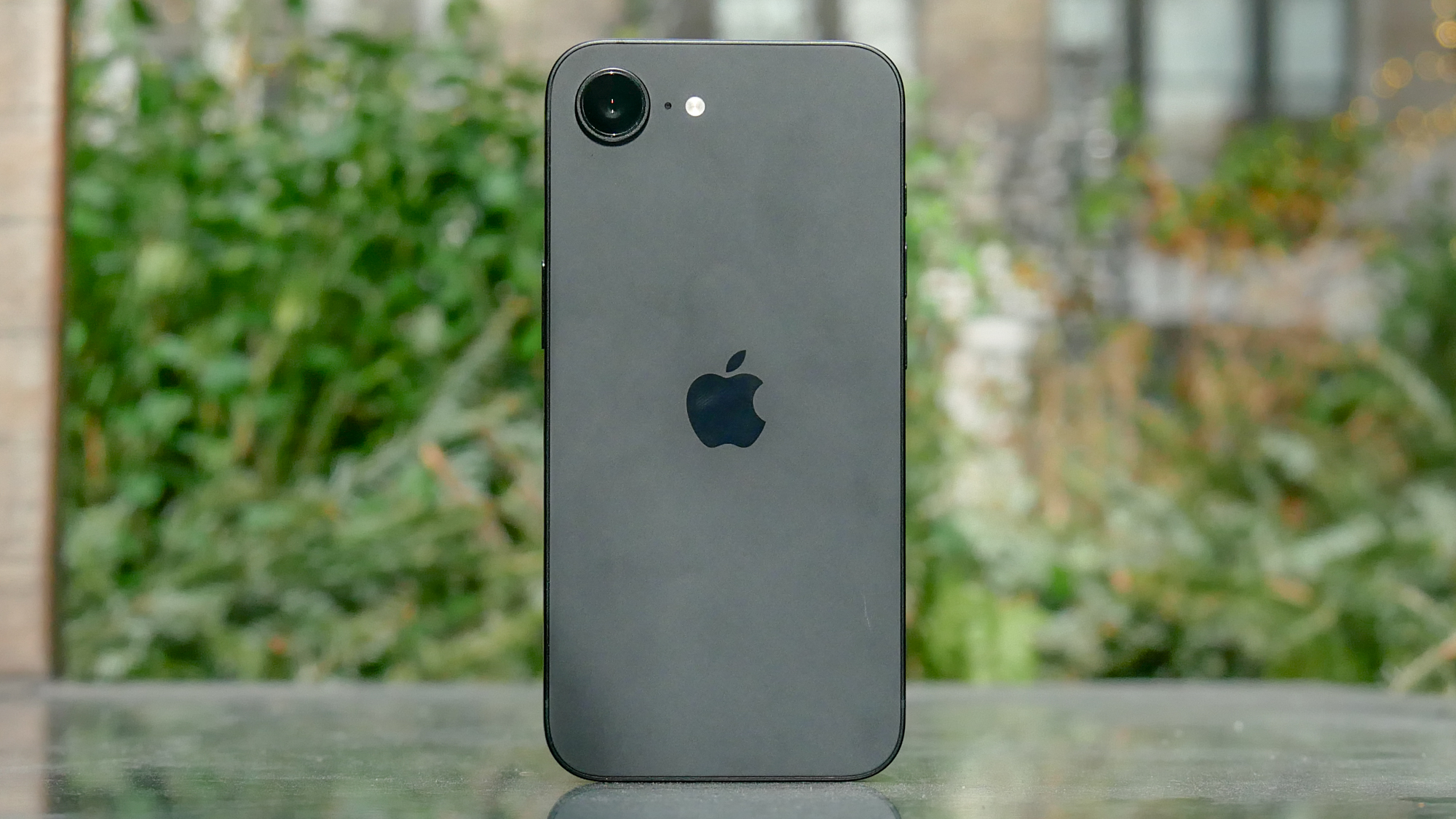Marshall just unveiled next-gen Bluetooth speakers with even bigger sound
New Marshall Bluetooth speakers combine new audio tech with retro designs

Marshall has unveiled three re-engineered Bluetooth speakers in a next-gen line up of models incorporating tech upgrades that combine a more immersive sound experience with the company’s iconic speaker design.
The best Bluetooth speakers come in all shapes and sizes, but few have such iconic and instantly recognizable classic appeal as those from Marshall. Designed to evoke the British company’s original guitar amplifiers that became popular in the 1960s, the re-engineered Acton III, Stanmore III, and Woburn III Bluetooth speakers are third generation 'Home' models (meaning they're mains powered), and sport the traditional signature Marshall motif and brass-colored control knobs to echo the company's live performance heritage.
In order of size, the Acton III, Stanmore III, and Woburn III are priced at $279, $379, and $579, respectively. These third generation Bluetooth speaker models are said to incorporate angled tweeters (hidden behind the Marshall-emblazoned speaker grille) that projects a wider stereo soundstage for a more encompassing and room-filling sound.

A new Placement Compensation feature optimizes sound output depending on where the speaker is positioned in a room.
A new Placement Compensation feature is also on board to optimize sound output depending on where the speaker is positioned in a room. This kind of tech typically adjusts the frequency balance to reduce unwanted boomy bass should the speaker be placed too close to rear or side walls, say, which can unbalance the sound. Although Marshall doesn’t actually mention how this is achieved, we reckon it will be through some kind of frequency contour mode that compensates for known room placement issues selected through the Marshall Bluetooth app, along with advanced settings and software update options, perhaps.
Additionally, the company tells us it has added Dynamic Loudness to the roster of sound enhancements to automatically adjust the tonal balance, ensuring the sound is balanced across the full frequency range no matter how quiet or loud you listen.

Bass, treble and volume controls adorn the top of all three models, and a source input button allows to switch between Bluetooth 5.2 wireless streaming from a paired playback device or select wired inputs via the mini-jack input Aux on the top or RCA inputs at the back. A playback control button enables users to select next and previous tracks direct from the speaker itself without having to navigate your playback audio device.
The Woburn III ($579 / £499 / AU$820) is the biggest speaker in the range, measuring 15.75 x 12.48 x 7.99-inches, and weighing 16.42 pounds. This powerful design claims a 90W Class D amplifier to drive the dedicated woofer, with two 15W amps for the midrange drivers, plus another two 15W amps to drive the angled tweeters. A Night Mode helps it to further maintain tonal balance at low volumes, and there's an HDMI input to enable users to connect it to a TV screen.
Sign up to get the BEST of Tom's Guide direct to your inbox.
Get instant access to breaking news, the hottest reviews, great deals and helpful tips.
The middle model is the Stanmore III ($379/ £329 / AU$540), which is a little smaller at 13.78 x 8 x 7.40-inches and weighs 9.37 pounds. It has less powerful Class D amplification, rated at 50W for the single mid/woofer, while two 15W amps take care of the tweeters.
Acton III ($279 / £239 / AU$400) is the smallest of the three Bluetooth speakers at 10.24 x 6.69 x 5.91-inches, and it weighs 6.28 pounds. It has one 30W Class D amplifier for the mid/woofer and two 15W amps for the tweeters.
All models are available to pre-order now directly from the Marshall website, with shipping expected by June 23. All three models are available in black, cream and brown.

After 2.5 years as Tom's Guide's audio editor, Lee has joined the passionate audio experts at audiograde.uk where he writes about luxury audio and Hi-Fi. As a former editor of the U.K.'s Hi-Fi Choice magazine, Lee is passionate about all kinds of audio tech and has been providing sound advice to enable consumers to make informed buying decisions since he joined Which? magazine as a product tester in the 1990s. Lee covers all things audio for Tom's Guide, including headphones, wireless speakers and soundbars and loves to connect and share the mindfulness benefits that listening to music in the very best quality can bring.
